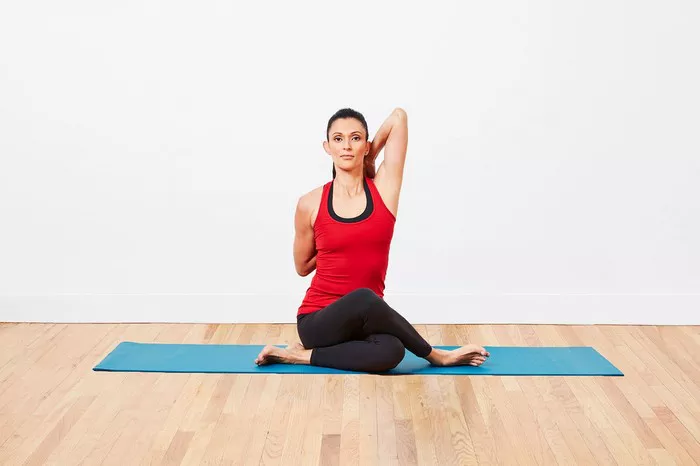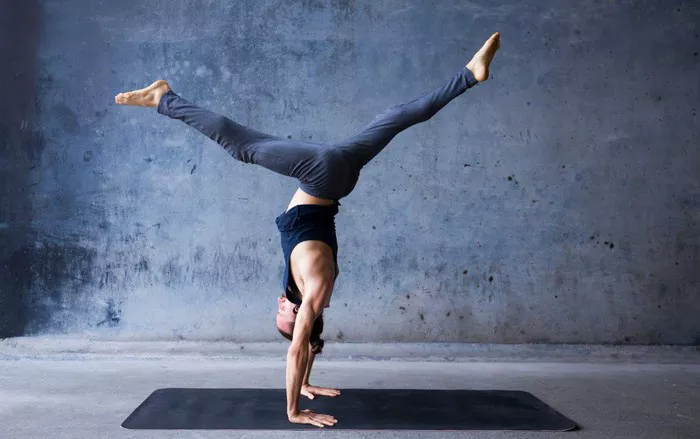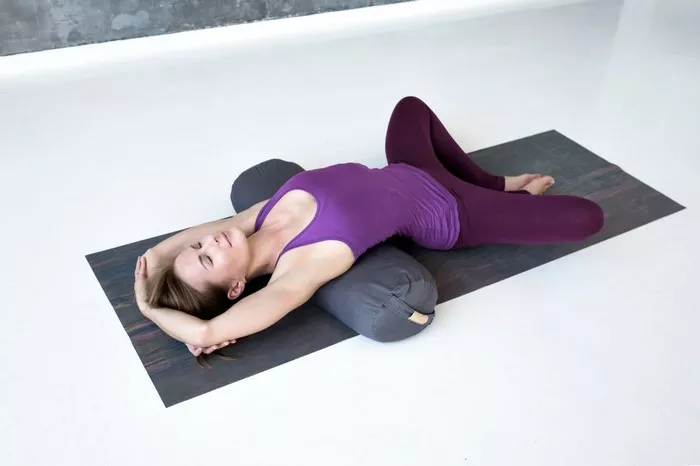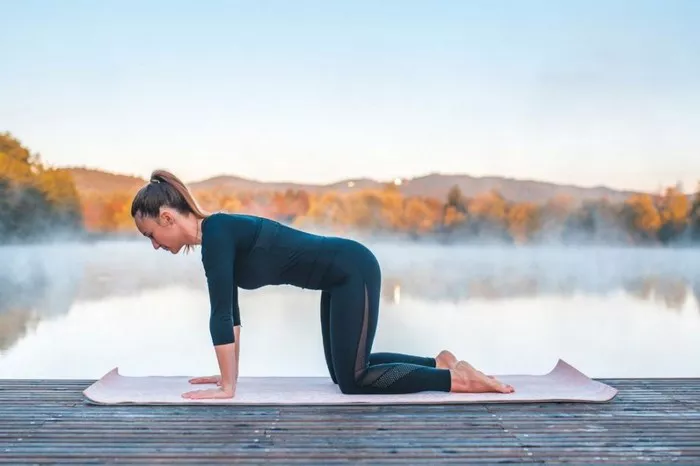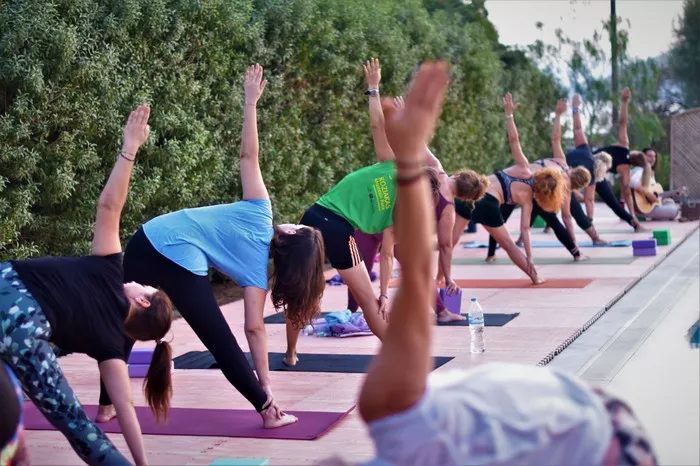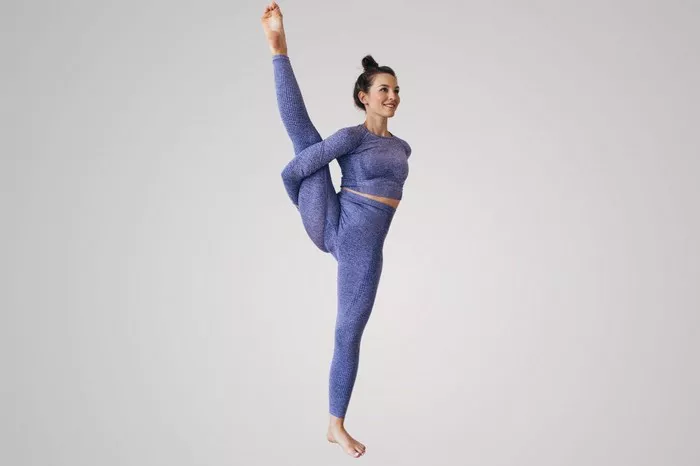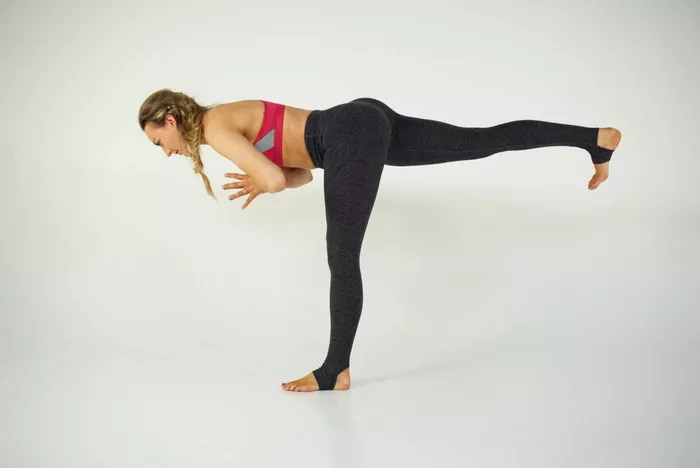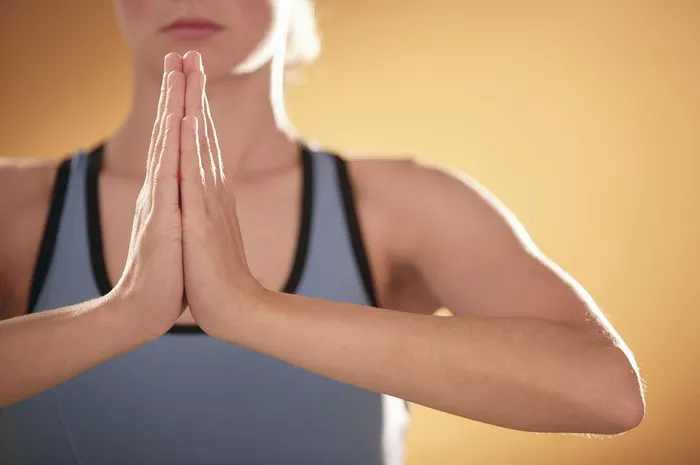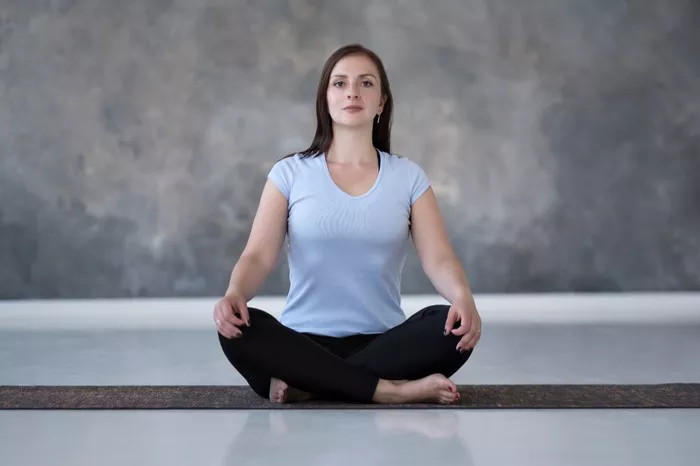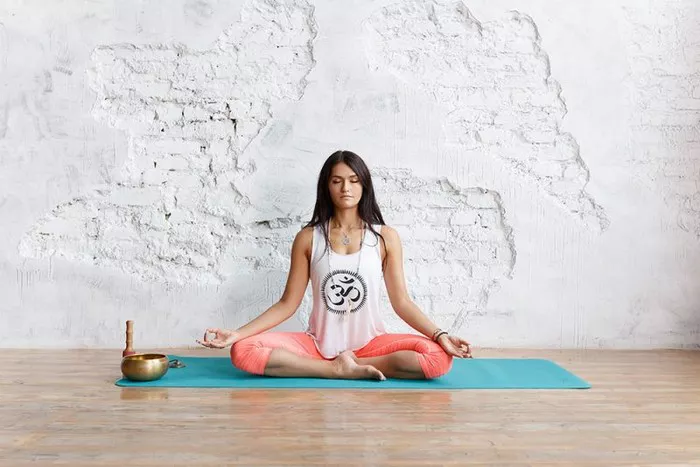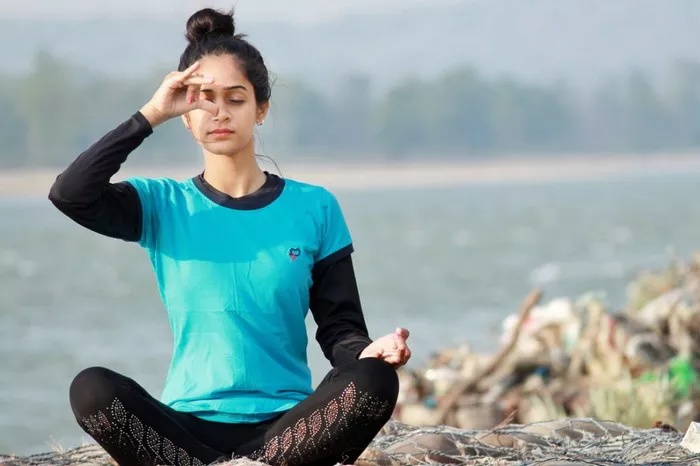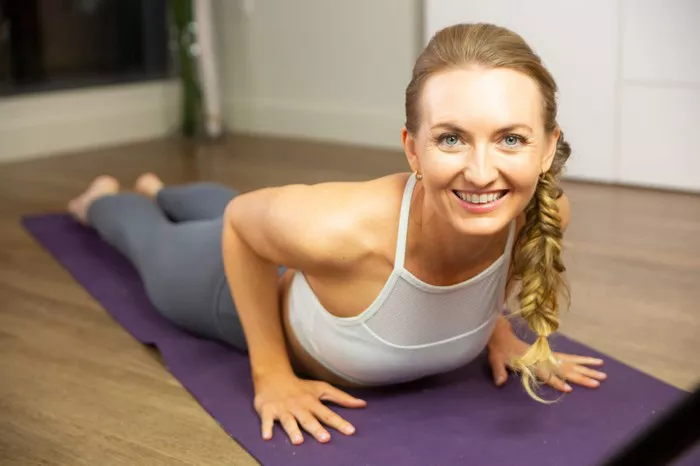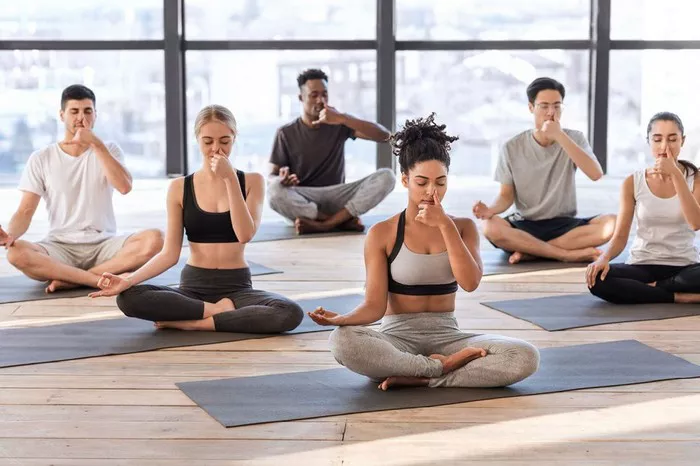Bridge Pose, known as Setu Bandhasana in Sanskrit, is one of the foundational backbending postures in yoga. It is widely practiced for its numerous benefits, including strengthening the back, opening the chest, stimulating the thyroid gland, and calming the mind. Due to its accessibility and relative ease compared to deeper backbends, Bridge Pose is often recommended for beginners and seasoned practitioners alike.
However, despite its many advantages, Bridge Pose is not without its limitations and potential risks. Understanding the possible disadvantages of this posture is essential to practice it safely and effectively. This article explores the drawbacks of Bridge Pose in detail—highlighting who should be cautious, the common mistakes, the potential physical strain, and how to mitigate these issues while maintaining a healthy yoga practice.
What Is Bridge Pose
Before diving into its disadvantages, let’s briefly understand what Bridge Pose entails. In Bridge Pose:
- The practitioner lies on their back.
- Feet are hip-width apart and close to the buttocks.
- The knees are bent.
- The hips are lifted upward, creating a bridge-like arch with the body.
- The arms may rest on the ground alongside the body, or the hands can interlace under the back for a deeper lift.
This pose strengthens the gluteal muscles, hamstrings, and lower back, while also stretching the chest, neck, and spine. It improves circulation, relieves mild depression, and is often used therapeutically to alleviate respiratory issues and fatigue.
Disadvantages of Bridge Pose
Despite these benefits, Bridge Pose carries certain disadvantages—particularly when practiced incorrectly, without preparation, or by individuals with specific health conditions. These disadvantages can be grouped into the following categories:
1. Risk of Lower Back Strain and Injury
Bridge Pose involves lifting the pelvis and creating a backbend. While this is beneficial when performed with proper alignment and muscular engagement, it can place undue stress on the lumbar spine (lower back) if not done carefully.
How strain occurs:
- Excessive arching: Some practitioners attempt to lift the hips too high without engaging the core and leg muscles properly. This can cause hyperextension of the lumbar spine.
- Weak muscles: Insufficient strength in the glutes, hamstrings, and core muscles can force the lower back to compensate, leading to compression and discomfort.
- Poor form: Not maintaining alignment of the knees over the ankles or allowing the knees to splay out sideways places uneven pressure on the spine.
Potential consequences:
- Lower back pain during or after practice.
- Aggravation of pre-existing conditions such as herniated discs or sciatica.
- Development of muscle imbalances over time.
2. Neck Vulnerability
Though Bridge Pose primarily targets the lower body and spine, the neck also plays a critical supporting role. When performed incorrectly, the neck can be vulnerable to strain.
Common causes of neck discomfort:
- Lifting the head off the floor or turning the head while in the pose.
- Pressing too hard through the shoulders without engaging the neck muscles properly.
- Hyperextending the cervical spine by forcing the chest too high.
Who should be cautious:
- People with cervical spine issues, such as arthritis, disc degeneration, or previous neck injuries.
- Individuals who feel numbness, tingling, or sharp pain in the neck during the pose.
3. Knee Discomfort or Injury
While the knees are bent and in a flexed position in Bridge Pose, they bear significant weight and force. This can sometimes cause discomfort or injury, especially if alignment is compromised.
Factors that contribute to knee problems:
- Letting the knees collapse inward or flare outward, which strains ligaments and tendons.
- Overstretching or forcing the hips upward beyond a comfortable range.
- Hyperextension or locking of the knees when lowering into or coming out of the pose.
Risks include:
- Aggravation of conditions such as patellar tendinitis or ligament sprains.
- Development of chronic knee pain if the pose is performed repetitively without proper form.
4. Limited Accessibility for Certain Populations
Bridge Pose, while generally accessible, may not be suitable for everyone due to physical limitations or health issues.
Who might face difficulties:
- People with spinal injuries or severe back problems, such as spinal stenosis.
- Pregnant women, especially in later trimesters, due to pressure on the abdomen.
- Individuals with hip injuries or limited hip mobility.
- Elderly practitioners with osteoporosis or fragile bones.
In these populations, Bridge Pose can exacerbate symptoms or lead to new injuries if practiced without modifications or professional guidance.
5. Possible Aggravation of Heart Conditions
Bridge Pose involves mild inversion, where the chest is opened and elevated above the heart. While this generally benefits circulation and respiratory function, it may not be appropriate for everyone.
- People with certain heart conditions should consult their doctors before practicing backbends.
- The increased heart rate and blood flow from lifting the chest and hips could strain the cardiovascular system if the practitioner is unaccustomed or has existing heart issues.
6. Risk of Developing Compensatory Movement Patterns
When the muscles responsible for the pose’s action are weak or inflexible, practitioners may develop compensatory patterns that strain other parts of the body.
For example:
- Over-reliance on the arms to lift the body, which may cause shoulder and wrist strain.
- Using momentum instead of muscle engagement to get into position.
- Collapsing the chest or letting the lower ribs flare, causing uneven spinal stress.
These compensations reduce the effectiveness of the pose and increase injury risk.
7. Psychological Barriers and Discomfort
Though not physical, some practitioners experience discomfort in Bridge Pose due to psychological factors:
- Fear of backbends stemming from previous injuries or lack of confidence.
- Anxiety triggered by the pressure on the chest or neck.
- Difficulty relaxing in the posture, leading to tension rather than release.
Such mental barriers can hinder progress and enjoyment of the pose.
Common Mistakes That Amplify Disadvantages
The disadvantages above are often exacerbated by common errors in performing Bridge Pose:
- Lifting the hips unevenly – causing imbalance and stress on one side.
- Feet positioned too far from the hips – reducing leverage and forcing the lower back to compensate.
- Not engaging the glutes and hamstrings – shifting the effort to the lower back.
- Letting the knees collapse inward – stressing ligaments.
- Tensing the neck or turning the head – risking cervical strain.
- Holding the pose for too long without adequate strength or preparation.
Addressing these mistakes is crucial to minimizing the risks associated with Bridge Pose.
How to Practice Bridge Pose Safely
To enjoy the benefits of Bridge Pose while avoiding its disadvantages, follow these guidelines:
1. Proper Alignment and Muscle Engagement
- Feet placement: Keep feet hip-width apart and close enough to the hips so that fingertips can just touch the heels.
- Knees: Point knees straight ahead and avoid letting them fall inward or outward.
- Engage glutes and hamstrings: Use these muscles to lift the hips rather than pushing excessively through the lower back.
- Core engagement: Slightly activate the abdominal muscles to support the spine.
- Shoulders: Keep shoulders relaxed and grounded, pressing evenly through the upper arms.
2. Neck Safety
- Keep the head resting on the mat without turning it.
- Avoid lifting or twisting the neck.
- Lengthen through the back of the neck rather than compressing it.
3. Use Props When Necessary
- Place a yoga block or bolster under the sacrum for a supported Bridge Pose. This variation reduces spinal strain and makes the pose accessible for beginners or those with back sensitivity.
- Use a folded blanket under the shoulders to cushion and protect the neck.
4. Avoid Overdoing the Pose
- Start with shorter holds (10-15 seconds) and gradually increase duration as strength and flexibility improve.
- Do not force the hips higher than comfortable.
- Combine Bridge Pose with complementary poses that strengthen and stretch surrounding muscles.
5. Warm-Up Before Practicing
Prepare the body with gentle stretches and hip openers, such as Cat-Cow, Child’s Pose, or gentle hip circles, to reduce the risk of injury.
6. Listen to Your Body
If you experience pain, numbness, or discomfort in the back, neck, knees, or chest, ease out of the pose immediately and modify or avoid it in the future.
7. Seek Professional Guidance
Particularly for beginners or those with health concerns, practicing under the supervision of a qualified yoga instructor ensures proper technique and safety.
Alternatives and Modifications to Bridge Pose
If Bridge Pose poses risks or discomfort, consider these alternatives that offer similar benefits with reduced drawbacks:
- Supported Bridge Pose: Using props as described.
- Wheel Pose (Urdhva Dhanurasana): For advanced practitioners with strong backbends.
- Bridge Preparatory Poses: Such as glute bridges with feet on the floor but hips lifted only slightly.
- Supine Hamstring Stretch: To improve flexibility without backbend strain.
- Reclining Bound Angle Pose (Supta Baddha Konasana): Opens the chest and hips gently.
Conclusion
Bridge Pose is a valuable yoga posture with many physical and mental benefits, especially when practiced mindfully. However, like all yoga poses, it carries potential disadvantages that practitioners must be aware of to avoid injury and maximize its effectiveness.
The key disadvantages of Bridge Pose include the risk of lower back strain, neck and knee discomfort, limited accessibility for certain populations, and the potential for compensatory movement patterns. Psychological factors such as fear and anxiety about the posture also affect its practice.
By paying close attention to alignment, engaging the appropriate muscles, using props when needed, and progressing gradually, you can safely incorporate Bridge Pose into your yoga routine. Consulting experienced instructors and listening to your body’s signals will help you avoid the pitfalls and enjoy the many benefits this classic pose has to offer.
Related Topics:

